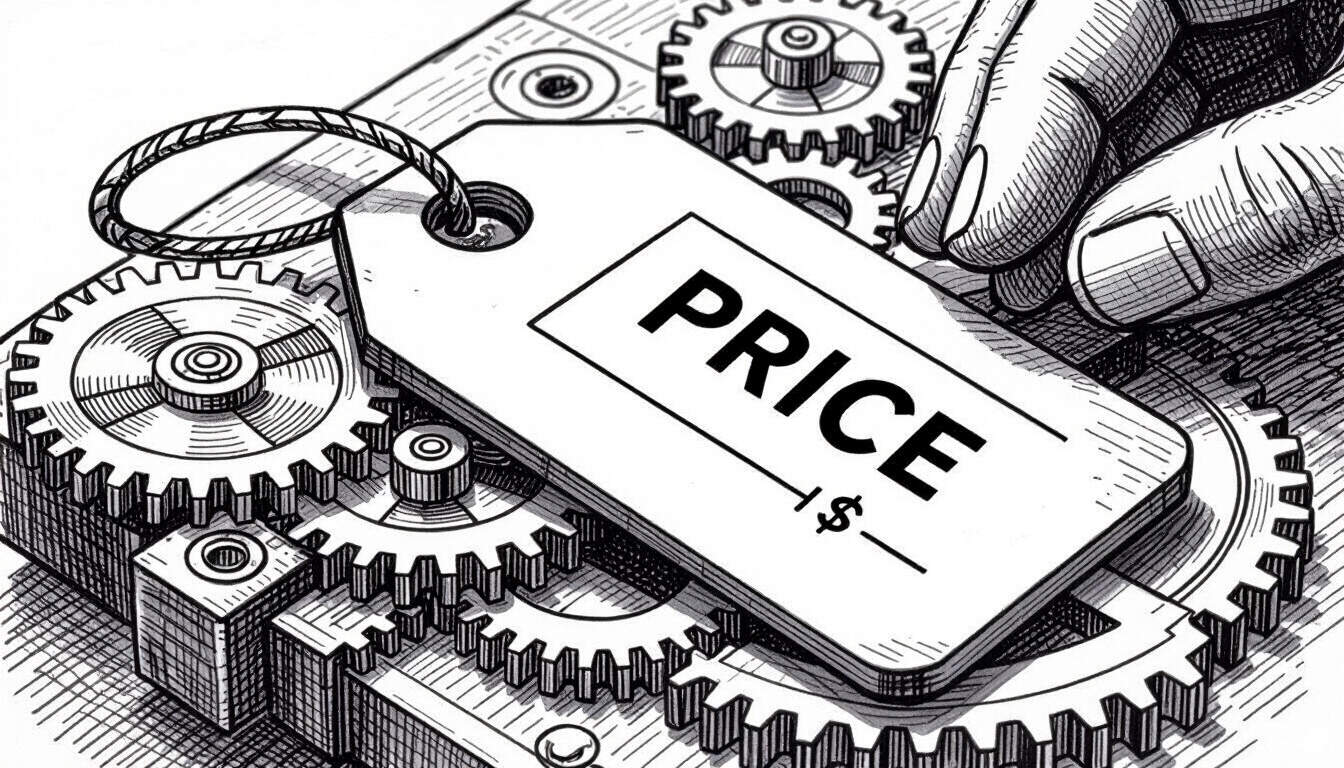Enhancing Revenue with Automated Pricing Strategies
 by Max Miller
by Max Miller
Automated pricing strategies offer businesses a way to optimize prices based on data, improving efficiency in revenue operations. This approach helps sales teams boost profits and operations specialists streamline processes, leading to better decision-making and growth opportunities.

Automated pricing strategies are becoming essential for businesses aiming to stay competitive. In a business environment where data drives decisions, these strategies use algorithms to adjust prices dynamically based on market conditions.
What Are Automated Pricing Strategies?
Automated pricing strategies involve software that analyzes factors like demand, competition, and costs. This process allows for real-time adjustments without manual intervention. For instance, automated pricing strategies can lower prices during off-peak times to increase sales volume.
In revenue operations, this means teams can focus on higher-value tasks. By integrating with existing systems, these strategies ensure prices align with business goals. Operations specialists find this particularly useful as it reduces errors from human oversight.
Benefits for Sales Teams
Sales teams benefit greatly from automated pricing. It enables quick responses to market changes, helping maintain profitability. With revenue operations optimized, teams can close deals faster and target the right customers.
Another advantage is the ability to test different pricing models. For example, a company might use tiered pricing to appeal to various segments. This data-driven approach leads to more accurate forecasting and better resource allocation.
Integration with Automation Tools
Many businesses now combine automated pricing with other automation tools. This creates a seamless workflow where data from sales and inventory feeds into pricing decisions. For operations specialists, this integration means less time on routine adjustments and more on strategic planning.
Tools like CRM systems often include features for this purpose. They analyze historical data to predict optimal prices, ensuring consistency across channels. As a result, businesses see improved margins and customer satisfaction.
Real-World Applications
Consider a retail company that implements automated pricing. During high-demand periods, such as holidays, the system raises prices slightly to maximize revenue. Conversely, it offers discounts on slow-moving items to clear stock.
This method has proven effective in various industries. In e-commerce, for example, dynamic pricing adjusts based on user behavior, leading to higher conversion rates. Sales teams report that these tactics help meet quarterly targets more reliably.
Challenges and Solutions
While beneficial, automated pricing is not without issues. One common challenge is ensuring accuracy in data inputs. Poor data quality can lead to suboptimal prices, affecting trust in the system.
To address this, businesses should establish regular reviews of algorithms. Training staff on these tools also helps. By doing so, operations teams can refine strategies over time, turning potential pitfalls into opportunities for improvement.
Future Trends in Automated Pricing
Looking ahead, advancements in AI will further enhance automated pricing. New algorithms will process more variables, providing even deeper insights. This evolution will support sales automation, making processes more efficient.
Businesses that adopt these trends early will gain an edge. For executives, this means investing in technology that aligns with long-term goals. As more companies embrace automation, the standard for revenue operations will continue to rise.
In summary, automated pricing strategies offer a clear path to improved efficiency and growth. By leveraging data and tools, businesses can achieve better results in their operations and sales efforts.
